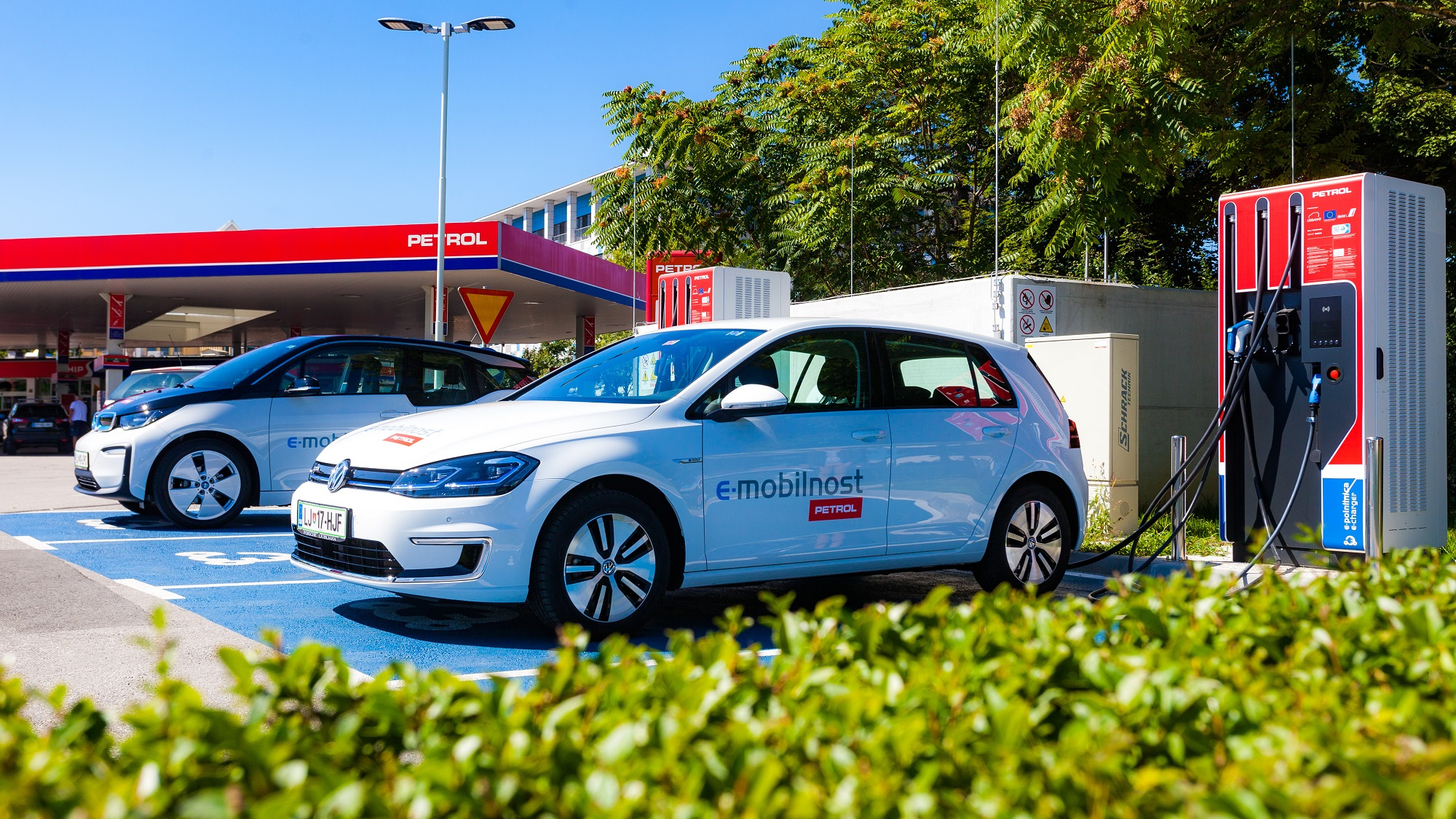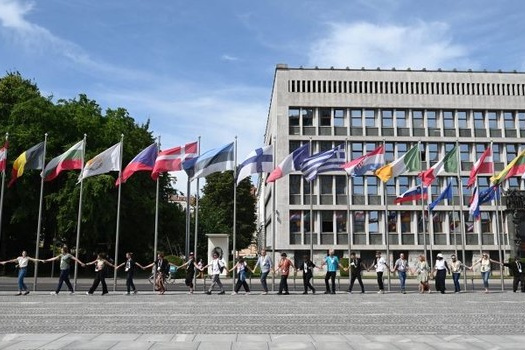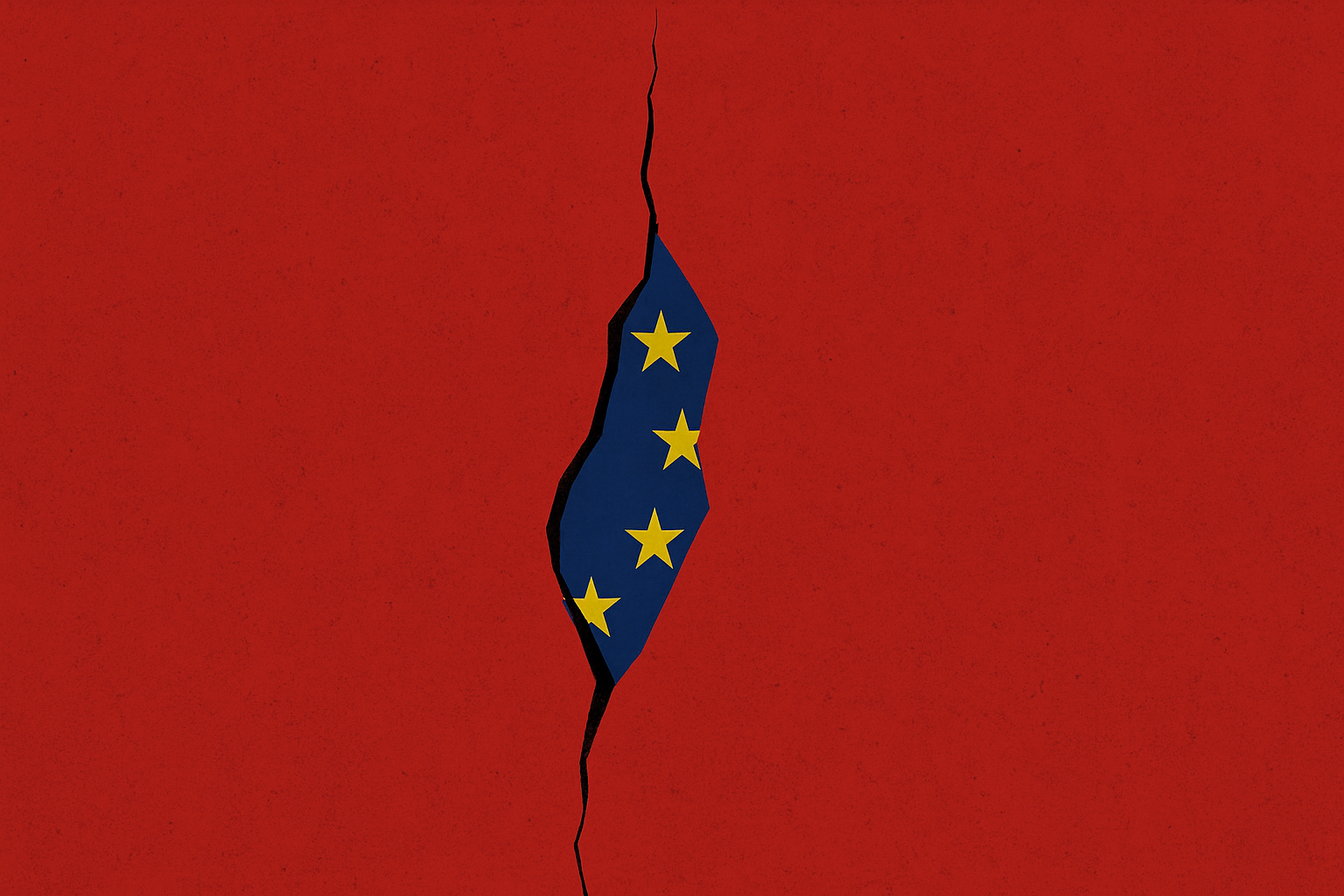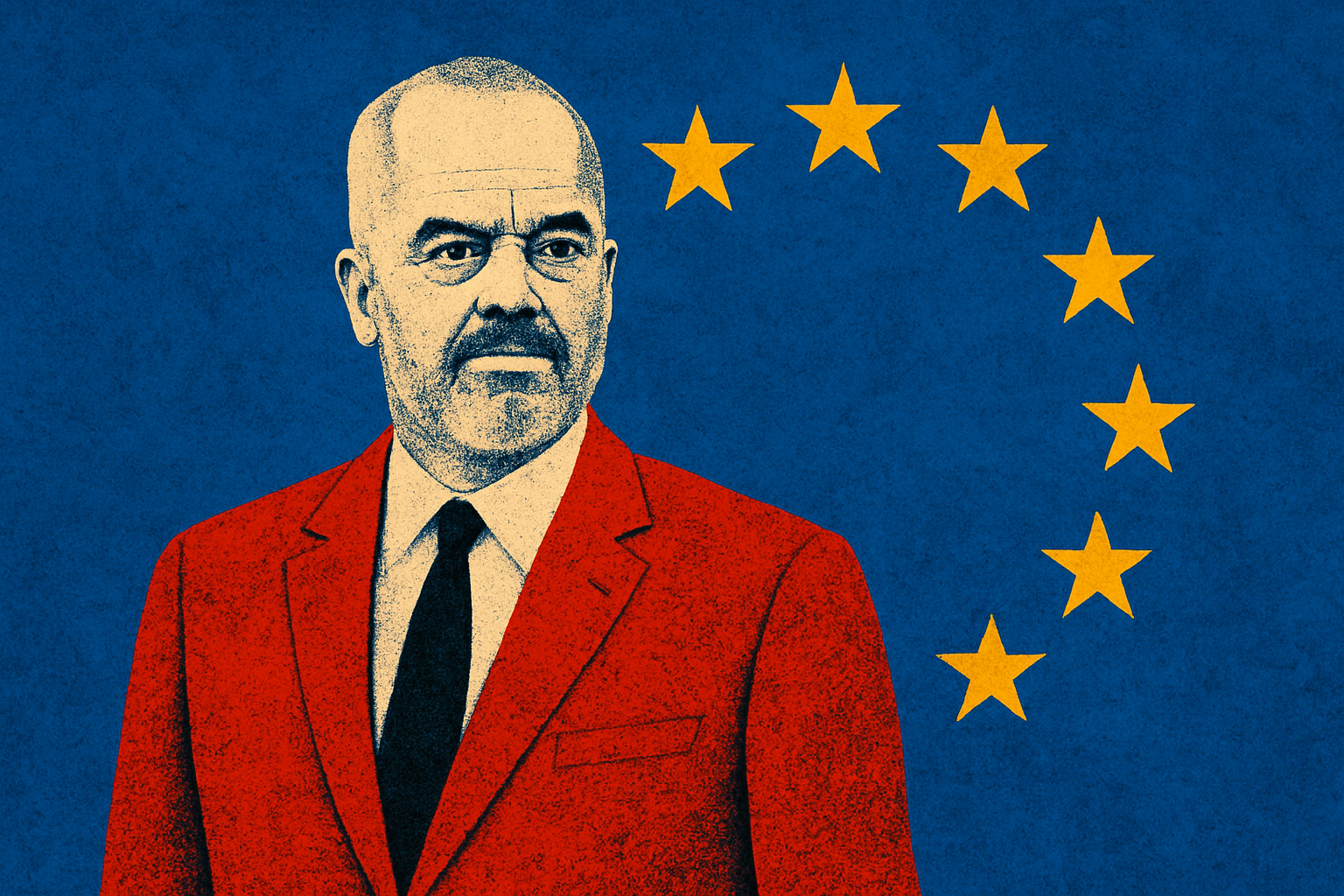Transformative mobility solutions
The Future of Mobility is changing our Mindset
Mateja Edelbaher
JOURNALIST
The future of mobility is being fueled by three key technology-driven trends: electrification of vehicles, connected & autonomous vehicles and mobility as a service.
Also, according to research by the EU Commission and other institutions, the cost of owning a personal vehicle i.e total cost of ownership will rise in the coming years, which will mean that many people will have to resort to other modes of transport/mobility. How will mobility affect our everyday lives?
In the cities, we will see a boom in different types of transport. We can already see all types of vehicles on the streets, changes are already happening. Just look at the larger cities, where the infrastructure includes: a bike rental system, e-bike rentals, various electric car sharing, privately owned electric-scooters and electricscooter rental systems, many different modes of food delivery, public buses, trams etc. In cities, people will be able to live without their own personal vehicle, and it is expected that within a decade we will already notice the influence of shared self driving vehicles, which will change our habits and needs. The biggest question we face and which could have a strong impact is the development or quality of public infrastructure (railway, bus) in the future.
We asked the biggest energy company in the Adriatic region, Petrol, how they see the future of mobility and they said that they are already implementing their strategy to meet the future needs of mobility and sustainability. For example, at the Kozina motorway location, they carried out a pilot project of installing an electricity storage tank with a capacity of 210 kWh and they also connected fast and two ultrafast charging stations up to 350 kW.
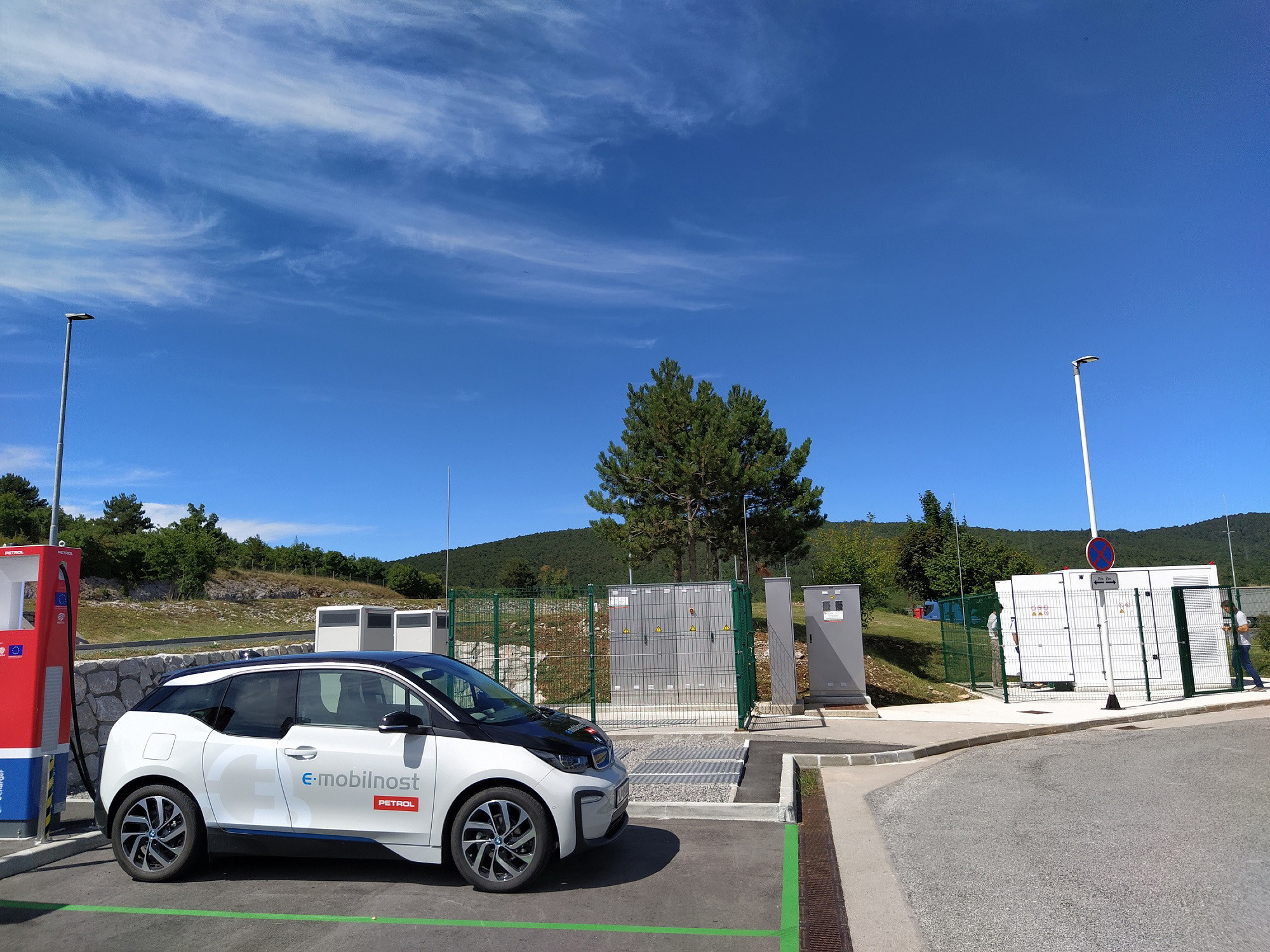
They also implemented a pilot project of the first local self-sufficient community in Slovenia in the small settlement Luče. In the long term, Petrol will also change its sales points. The plan is for multi-story buildings, and at least one for RES (renewable energy sources) as well as electricity storage, with a larger charging park for electric vehicles and other alternative sources of energy, such as hydrogen.
Jože Bajuk, a member of the Petrol executive board, points out that:
“The development of the market for petroleum fuels in the field of mobility will retain an important role in the next ten-year period; however, electricity will complement it to a greater extent than before. This is also indicated in the guidelines of the most important manufacturers in the automotive industry.” He also explains how they plan to accommodate the change in e-mobility and transport: “Because in the coming years we expect accelerated electrification of road transport and an increase in its efficiency, at Petrol, in accordance with our strategy, we are building a network of charging stations throughout Slovenia and in the region and connecting with the growing network of e-charging stations across Europe. Because the biggest increase in the market share of the electric drive will be in personal transport, while in the transport of cargo and people in larger vehicles, electricity will still be in second position for quite some time.”
Petrol has a total of 318 petrol stations in Slovenia and 574 e- charging stations, which are not located only at petrol stations. They have over 590 locations in the Adriatic region and by 2025 they aim to have 1,575 echarging stations under management in the region. Last year, the first DC charging station was opened in Belgrade, as well as one in Montenegro.
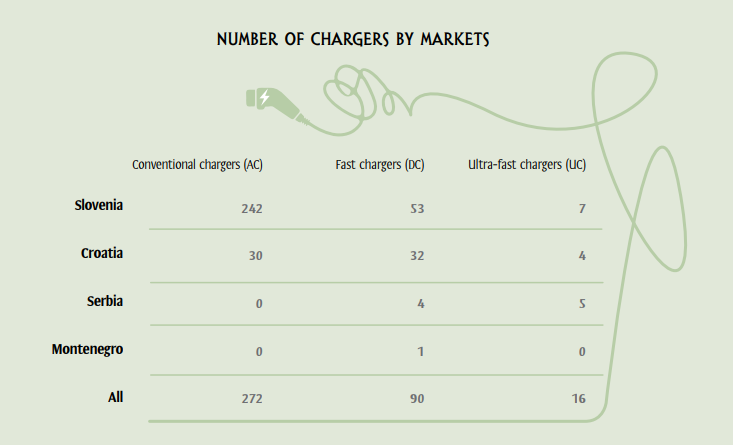
“The electric car market is growing significantly faster than was predicted a year or two ago.”
E-mobility is transforming the auto industry
One of the most important challenges for the automotive industry is its transition to e-mobility. Estimates suggest that by 2030, the proportion of electric cars will grow to 25 or 30 per cent of the market share, which is a fact that global car manufacturers are already adapting to.
“The electric car market is growing significantly faster than was predicted a year or two ago. The slogan of one of our biggest partners describes this trend most eloquently. If MercedesBenz had the slogan ‘electric first’ until last September, it now has ‘electric only’. Car manufacturers no longer invest in the development of the classic drivetrain, but merely adapt it to meet future EURO 7 emission standards. Their strategy is e-mobility,” says Andrej Megušar, CEO at LTH Castings, one of Mercedes-Benz’s development partners based in Slovenia. It also has production facilities in Croatia and North Macedonia.
An electric car has fewer components than a classic car. For example, a gear box is not needed in an average electric car, because the electric drivetrain works equally well in a very wide range of revolutions, with immediate effect from standstill to acceleration – and therefore not even a clutch is needed. The term ‘one pedal driving’ has also become established, which means that some electric cars, such as the BMW i3, can only be driven by pressing and releasing the gas pedal. All this has also been taken into account by LTH Castings, a partner of BMW, which has been producing parts for most of their powertrains for more than 30 years. In recent years, however, cooperation has been expanding mainly into the development and production of components for e-mobility.
The fact that there is no need for parts such as the clutch, which are among the more expensive parts of a classic car, represents a new approach to the development and production of parts by manufacturers, parts such as battery cases and powertrains, and components for the conversion of electrical energy. “Changes don’t happen overnight. We follow developments in technology and reckon that electrification will largely flow through hybridization – mainly due to objective capacity limitations, both in the infrastructure for the use of electric cars and in production. There is no longer any debate about the electric car coming, it is here. The key is how the roles will be divided in the production chain since new typical pieces appear with the electric car. There are quite a few of them, and to a considerable extent they are pressure castings, which is good news for LTH Castings,” says Igor Grilc, CEO at LTH Castings.
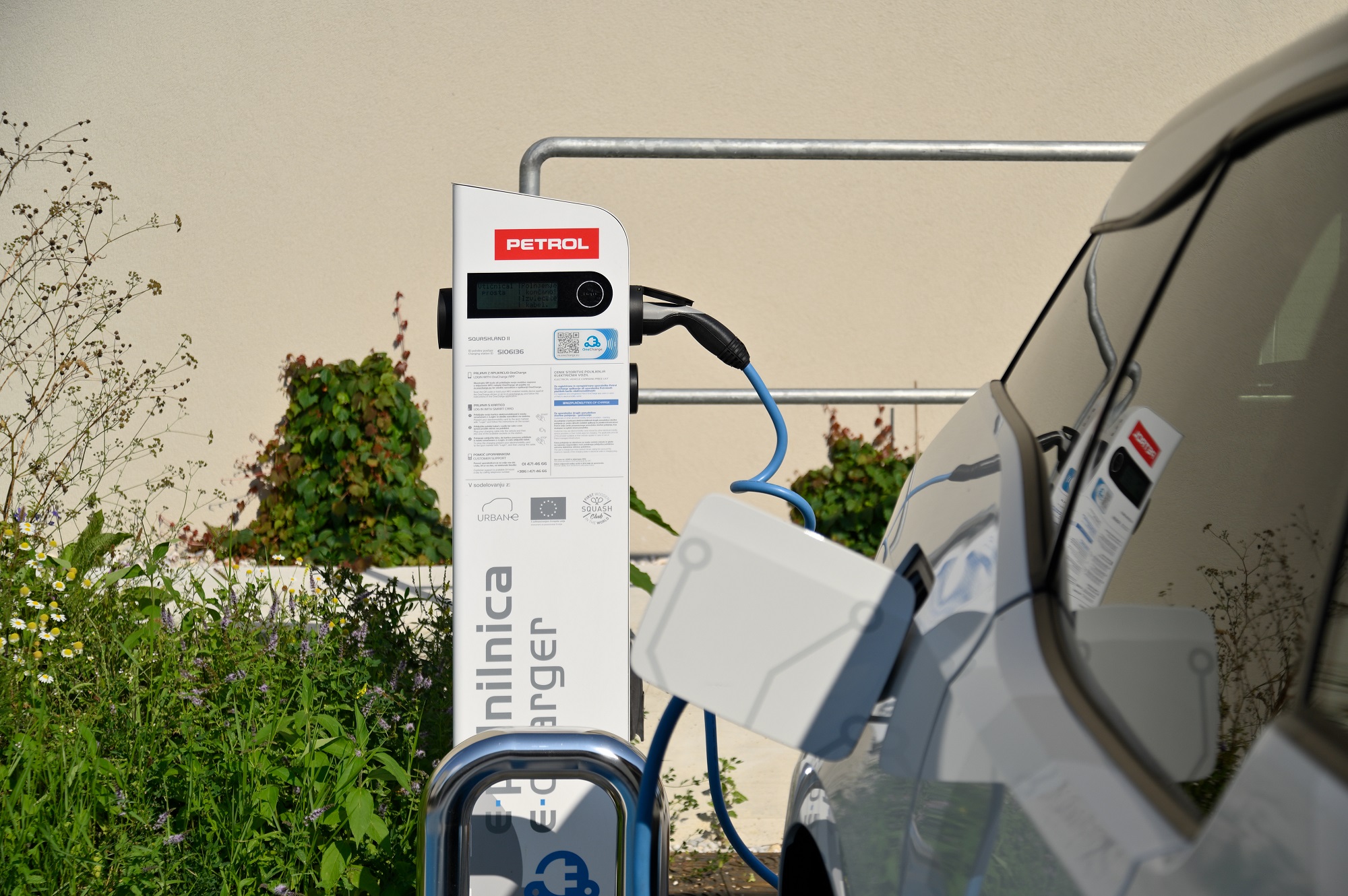
THE ADRIATIC
This article was originally published in The Adriatic Journal: Strategic Foresight 2023.
If you want a copy, please contact us at info@adriaticjournal.com.

